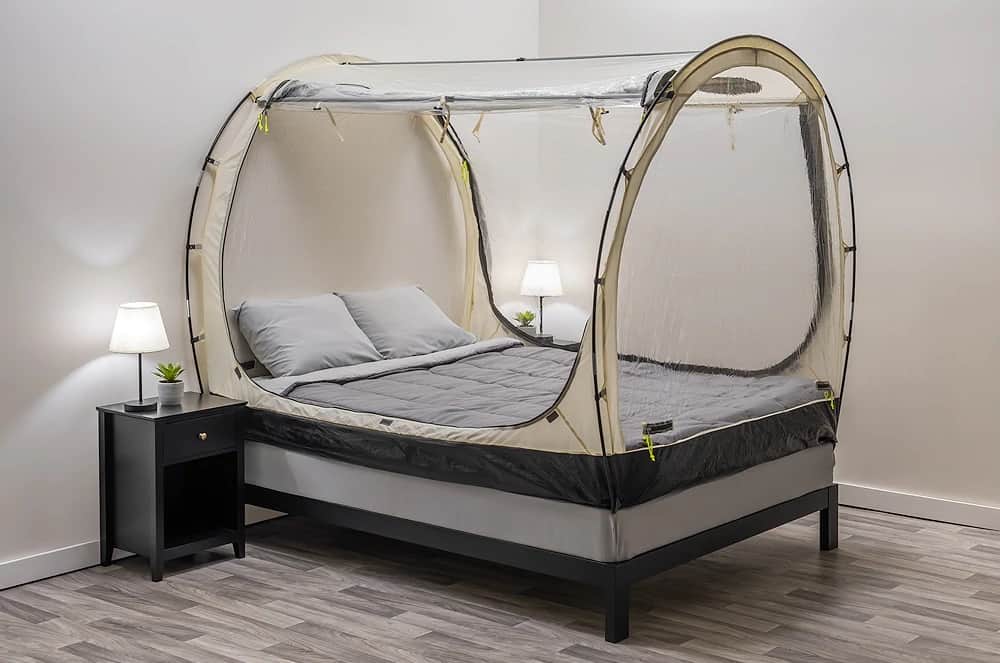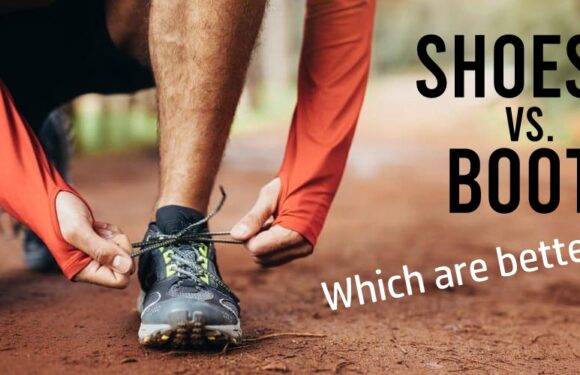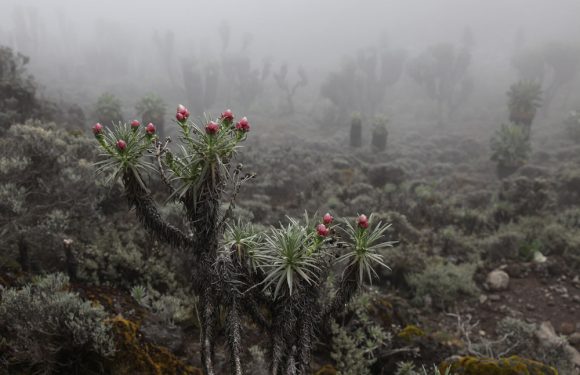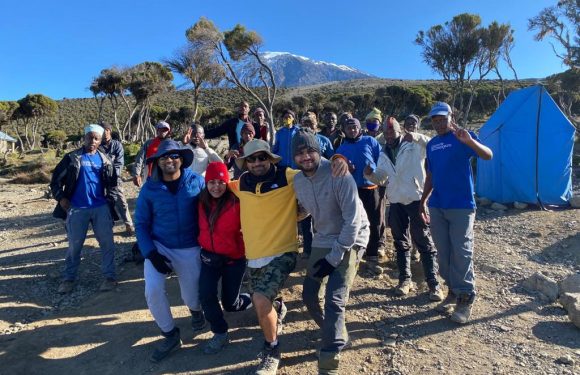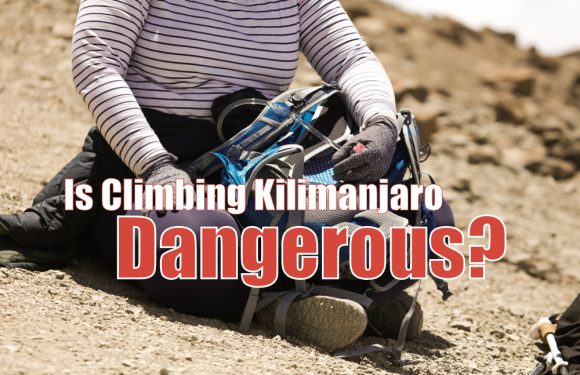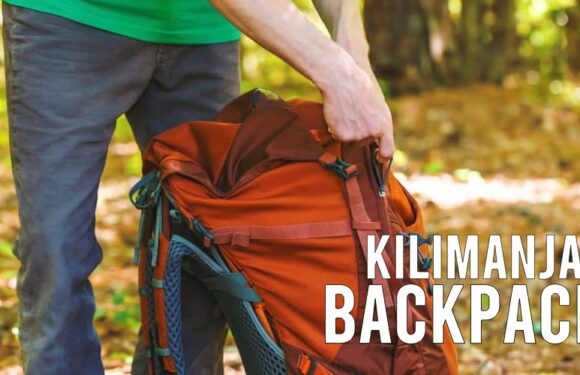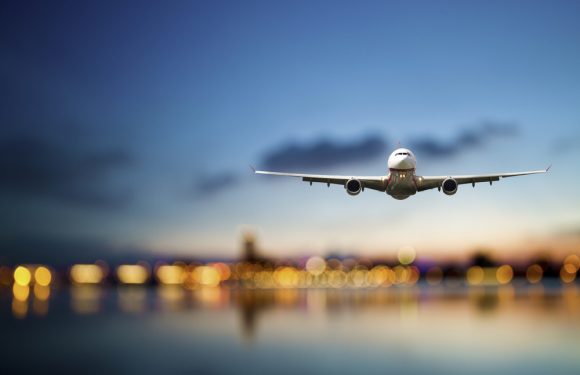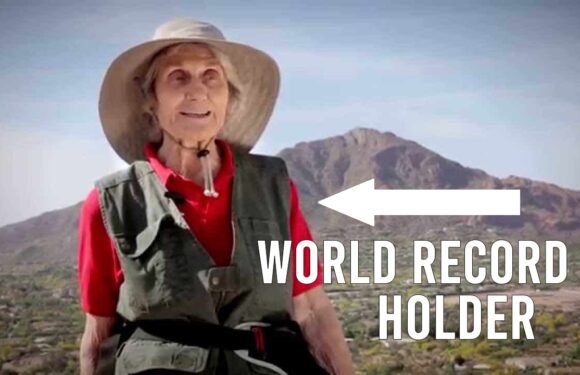When climbing Kilimanjaro, its extreme altitude is the number one reason why people fail to reach the top. With that understanding, climbers look for ways to prepare better for the mountain’s lofty elevation. One device that we see being used during exercise is the so-called “altitude training mask” or “elevation mask,” which is intended to simulate a high altitude environment. But do altitude masks really work?
First, let’s discuss what these masks actually do.
An altitude training mask covers the nose and mouth of the athlete. Air flow is restricted with an adjustable valve system, blocking air from freely entering and exiting the device. As a result, it lowers the amount of air intake upon inhaling. This is known as “restricted air training” or “inspiratory muscle training.”
The mask also captures expended air when exhaling, thus increasing the concentration of carbon dioxide (and decreasing the concentration of oxygen) on the next inhalation.
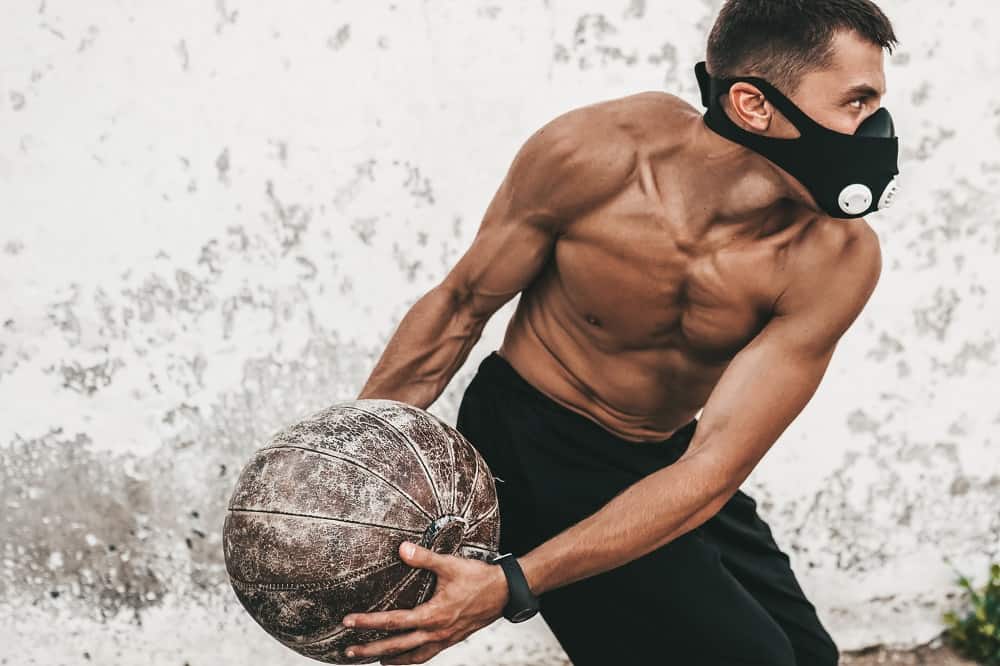
So why is that point important?
Because at high altitude, the amount of oxygen decreases. Although the percentage of oxygen in the air is the same as it is at sea level (about 21%), there is less oxygen. This is caused by the lower air pressure. Oxygen molecules are further apart. So each lungful of air you take has the same volume of air, but contains less oxygen molecules.
The altitude training mask attempts to create a hypoxic (oxygen deficient) environment similar to that of being at higher elevations.
It is well known that being at elevation stimulates the body’s natural red blood cell production. High altitude triggers the production of more red blood cells and hemoglobin through an increase in erythropoietin (EPO), one of the body’s hormones. With more red blood cells and hemoglobin, the body can deliver more oxygen to muscles and boost athletic performance and endurance. It also reduces the incidence of altitude sickness, which is highly beneficial to climbers.
However, this process of acclimatization takes prolonged exposure to high altitude to occur. Training in a true hypoxic environment for an hour a day, several times a week is not even close to enough to begin the adaptation, let alone using a high altitude mask. Not surprisingly, there is zero evidence that regular use of an elevation mask can increase red blood cell counts. It is living at high altitude for weeks that causes these changes in the blood, not training at high altitude for hours.
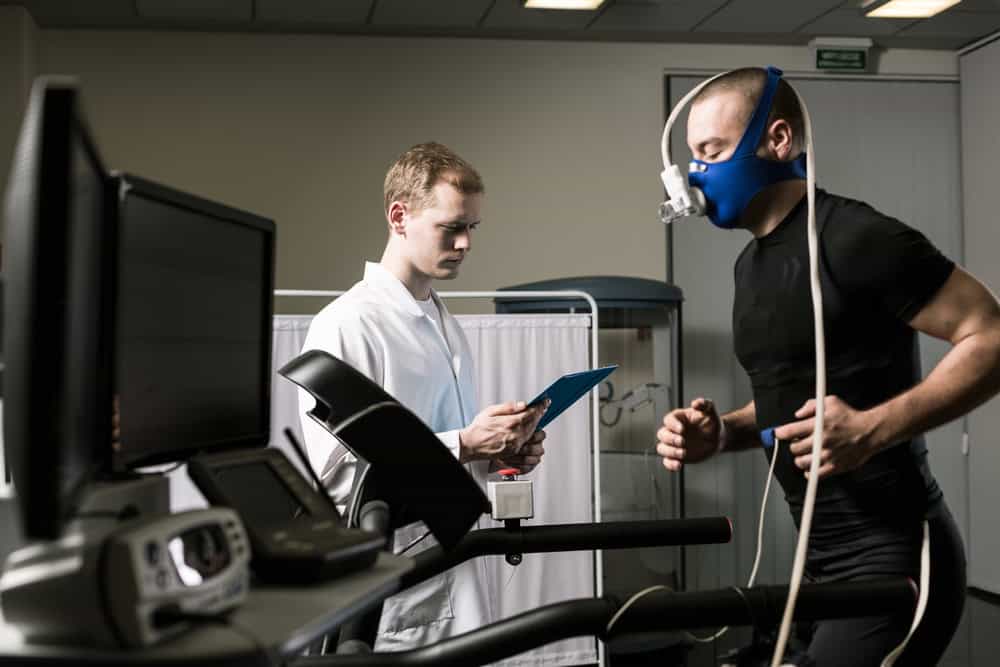
There is a method of training for elite athletes known as “sleep high, train low.” They train at low altitude because they can workout harder and longer in a normal oxygen environment and then sleep at high altitude to elevate their red blood cell count. Training is not done at high altitude because the low oxygen levels impede performance and ultimately harms training quality. The body cannot exercise as hard aerobically as it could at sea level. Breathing through a restrictive air mask is antithetical to improving fitness. Altitude masks make workouts more difficult and less effective, while doing nothing for acclimatization.
What training masks do is provide resistance to breathing. Using these devices can strengthen the intercostal muscles, which expand and shrink the chest cavity, and the diaphragm, a muscle that draws air into the lungs. This can improve the strength and endurance of your respiratory system.
That may sound very helpful, but it’s not. The reason being that performance at high altitude is not limited by the amount of air, it’s limited by the amount of oxygen in that air. A stronger respiratory system, being able to inhale and exhale more forcefully, does not change the fact that you are still breathing in less oxygen per breath. It does not address the root cause of altitude sickness – operating in an oxygen deficient environment.
So if an elevation mask does not work, what does? How can one actually prepare for high altitude?

One, you can live at high altitude for several weeks or more, which would boost your red blood cell count and oxygen-carrying capabilities levels to pre-acclimatize for Kilimanjaro’s elevation.
Or two, stay where you are and sleep in an altitude training system for 6-8 weeks. Companies like Hypoxico offer a tent that fits over any bed. A generator pumps low oxygen air into the enclosure to create a hypoxic environment. Pre-acclimatization through an altitude training system produces long-term adaptations, such as an increase in red blood cells, blood volume, and efficiency of oxygen absorption. Ultimately this will help reduce the incidence of Acute Mountain Sickness, increase performance on the mountain, and speed recovery on the mountain.
Contact Hypoxico for more information on altitude training systems.
